Computer Won't Shutdown: Windows Restarts
Why Does a Computer Fail to Shut Down?
There are several reasons why your computer might not shut down properly:
- Software Conflicts: Apps running in the background can interfere with the shutdown process.
- Incorrect Power Settings: Misconfigured settings in Windows might cause your computer to restart instead of powering off.
- Driver Issues: Outdated or corrupted drivers can prevent smooth communication between hardware components, leading to improper shutdowns.
- Windows Updates: Pending or failed updates can keep your computer stuck in a restart loop.
- BIOS Settings: Incorrect BIOS configurations might cause startup issues after shutdown.
How to Fix a Computer That Won't Shut Down
Before you start, you can also try to force shutdown your computer by holding the power button for a few seconds. Keep your computer unplugged and switched off for 5-10 minutes before you attempt to boot again.
Disconnecting External Devices
One of the external devices connected to your computer may be causing the unnecessary restarts. Disconnect all the external devices such as docking stations, external drives, or printers and check if that helps.
Closing Background Applications
Background apps or tasks may prevent your computer from shutting down properly.
- Press Ctrl + Shift + Esc to open Task Manager.
- Review the list of running processes under the Processes tab.
- Right-click on any non-essential apps and select End Task.
- Try to shut down your computer.
If the shutdown issue persists, proceed to the next step.
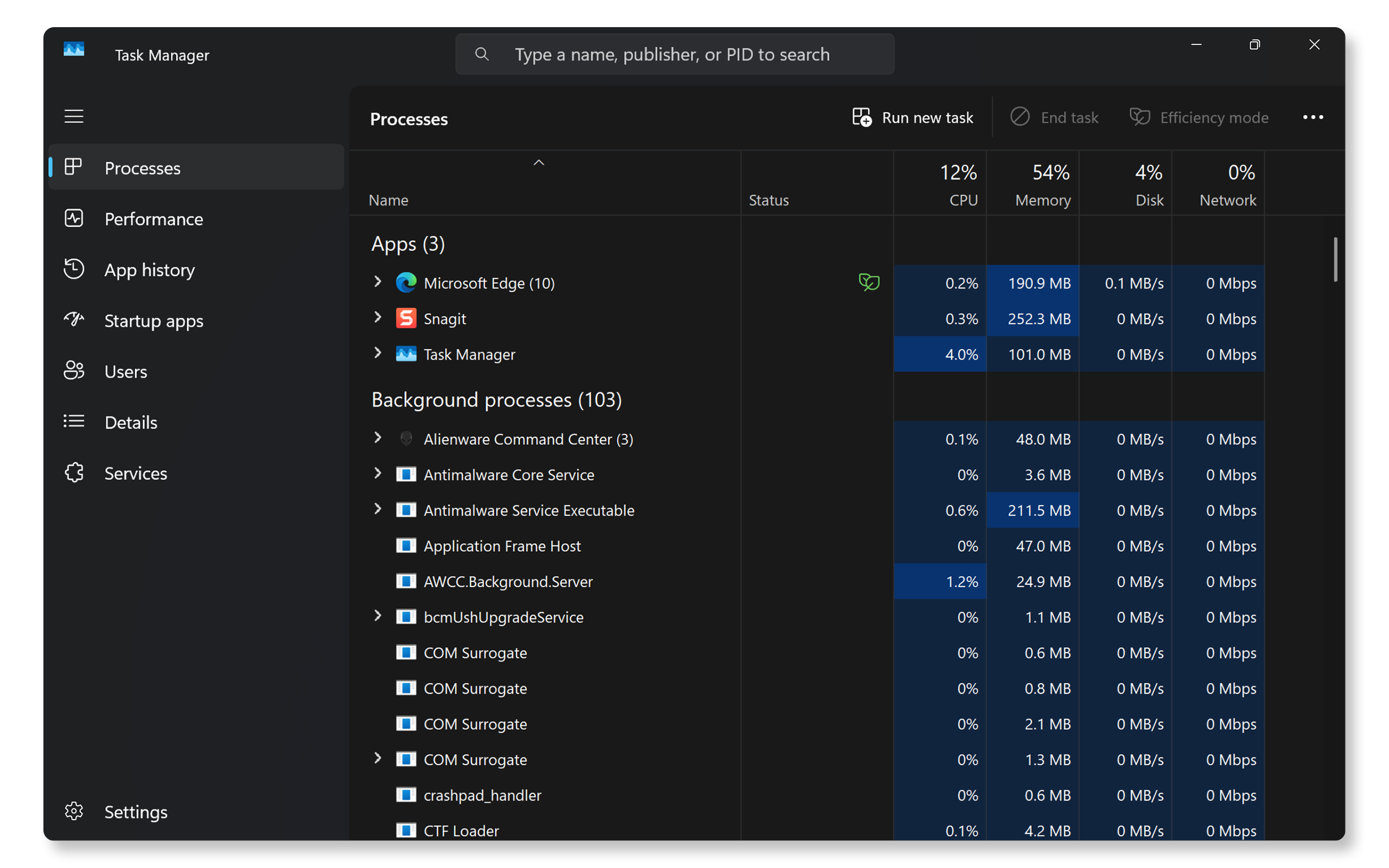
Disabling Fast Startup
Fast startup feature allows your computer to startup faster after a shutdown. But sometimes, this feature may restart the system instead. Here's how to disable it:
- Search for Control Panel in the Start menu and open the app.
- Navigate to Hardware and Sound > Power Options.
- Click Choose what the power buttons do from the left pane.
- Select Change settings that are currently unavailable.
- Uncheck Turn on fast startup (recommended) under Shutdown settings.
- Save changes and shut down your computer.
If the computer still can't shut down, proceed to the next step.
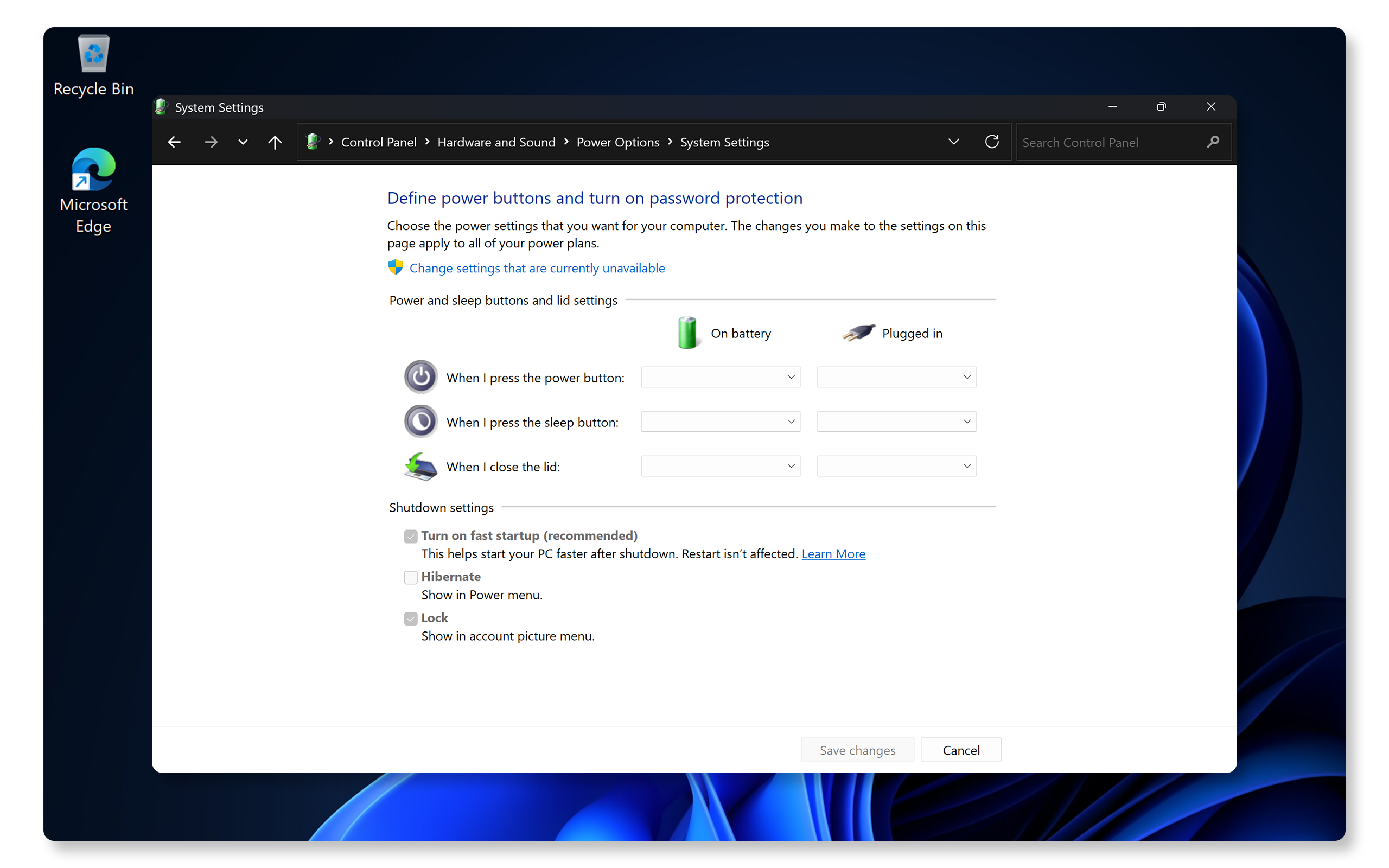
Updating Drivers and BIOS
Outdated system drivers and BIOS are a common cause of shut down issues. Updating drivers and BIOS ensure compatibility with the latest operating system updates and fixes known issues. SupportAssist is Dell's automated tool that scans your Windows computer for driver and firmware updates, downloads, and installs them.
- Search for SupportAssist in the Start menu and open the app.
- On the Home tab, select Update Software.
- Click Start to check for driver and BIOS updates.
- Follow the on-screen instructions to complete the installation and restart your computer if prompted.
If you don't have SupportAssist, refer to our driver update guide for alternative methods to download and install Dell drivers.
If updating drivers and BIOS didn't help, proceed to the next step.
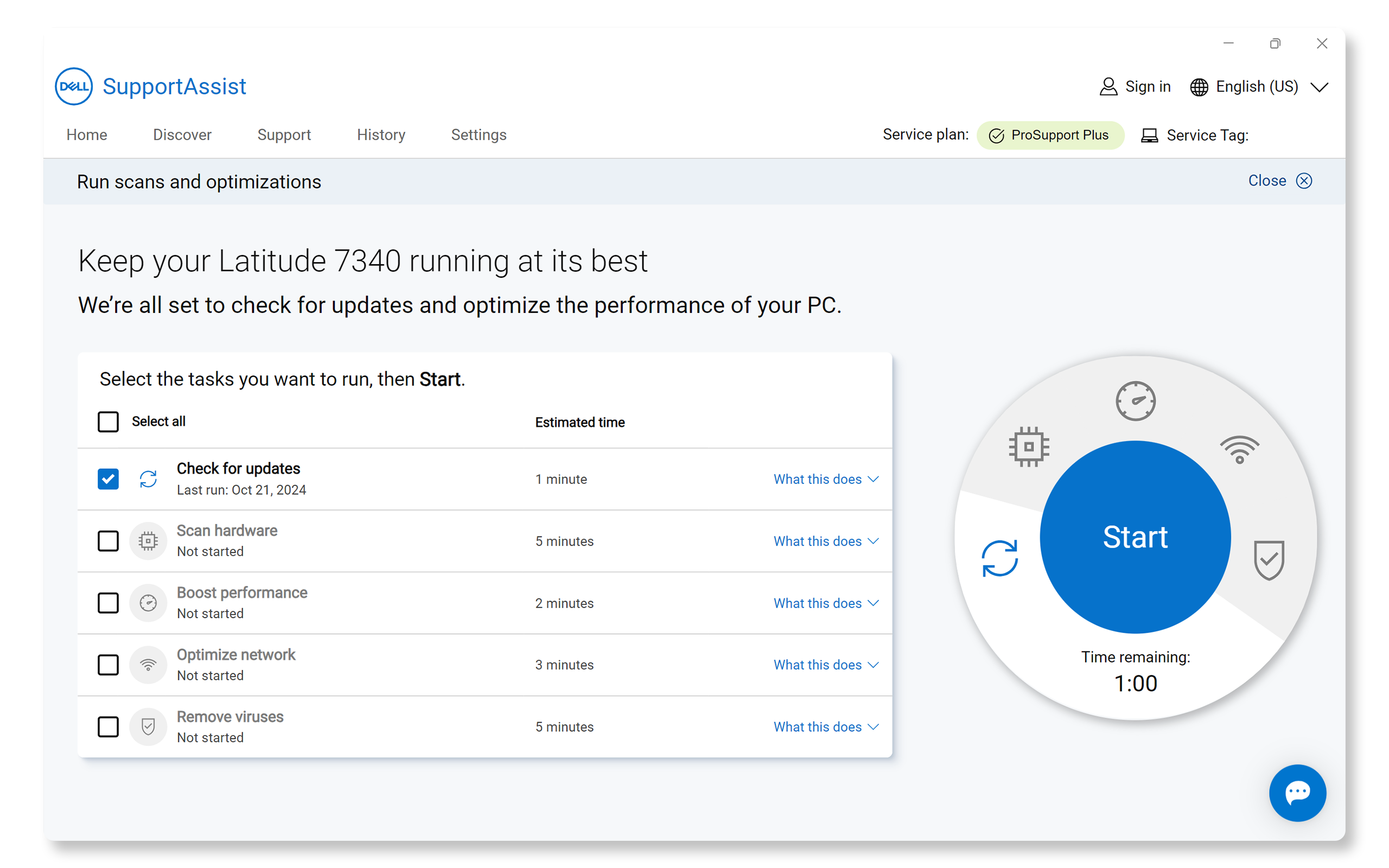
Checking for Pending Windows Updates
Windows updates often resolve compatibility issues but can sometimes cause shutdown loops if not completed.
- Go to Start > Settings > Windows Update. Open Windows Update settings.
- Select Check for updates and install the available updates.
If updating the operating system didn't resolve the shutdown issue, proceed to the next step.
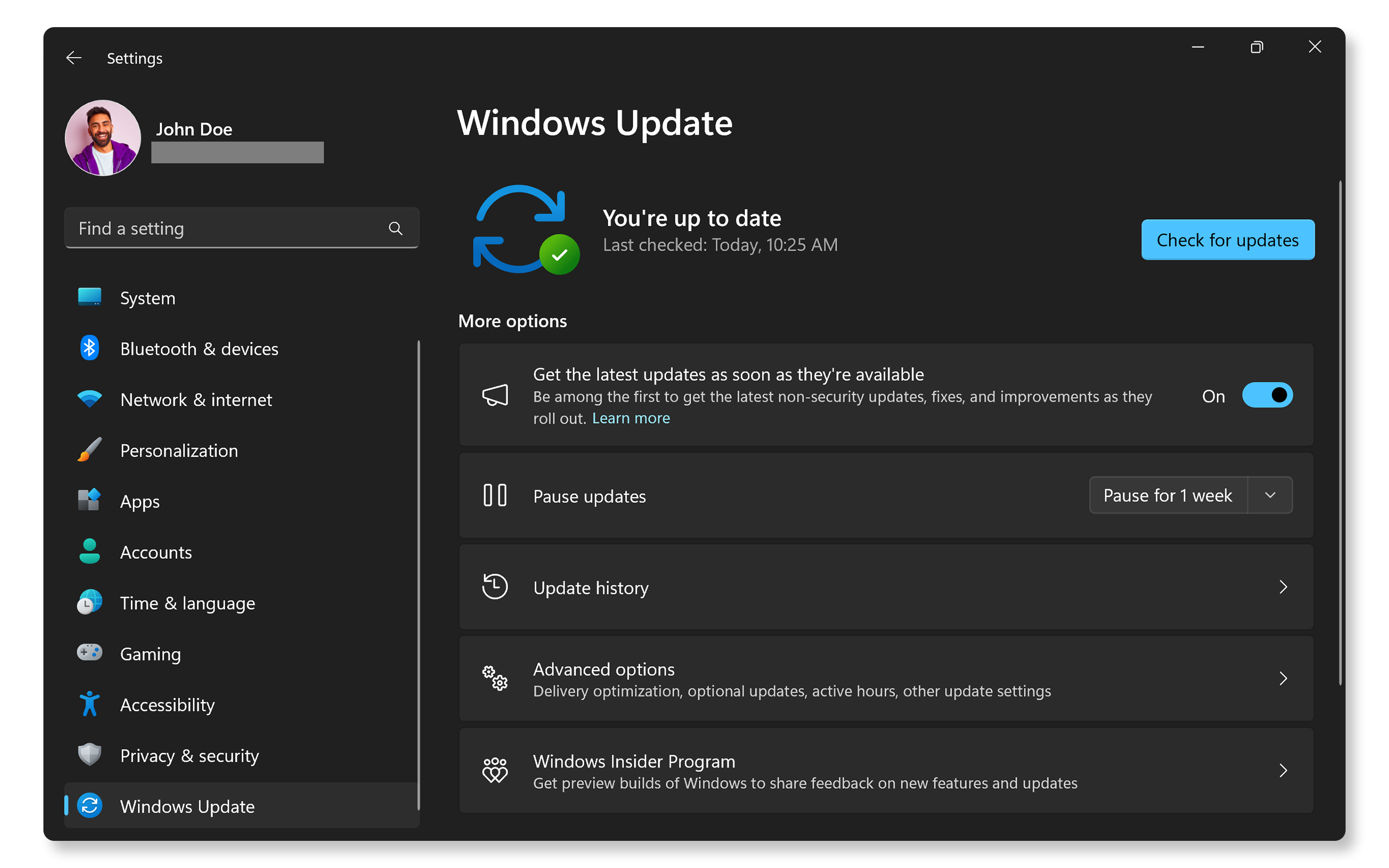
Disabling Automatic Restart
Disabling automatic restart can help prevent reboot loops caused by a system failure during the shutdown process.
- Press Windows key + R, type sysdm.cpl and press Enter.
- Go to the Advanced tab.
- Under Startup and Recovery, click Settings.
- Uncheck Automatically restart under System failure.
- Click OK and shut down your computer.
If disabling automatic restart didn't help, proceed to the next step.
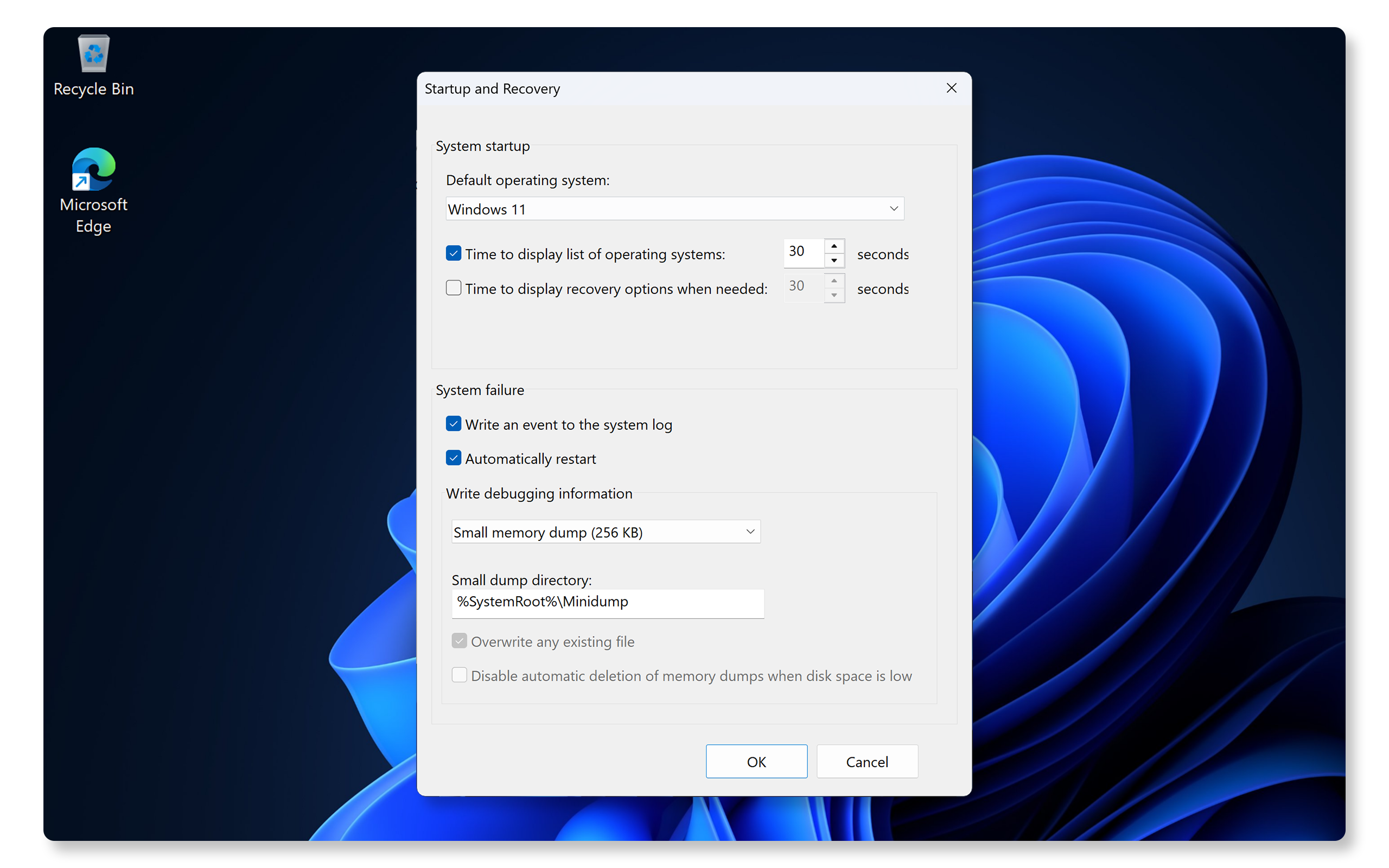
Running Dell Hardware Diagnostics
Your computer might be experiencing shut down problems due to a hardware issue. A hardware test on your computer's memory, hard drive and other components helps isolate potential hardware issues.
Using SupportAssist
- Run the SupportAssist full system test. If SupportAssist isn't installed, follow the prompts to install the app if needed.
- SupportAssist will thoroughly scan your hardware, checking the CPU, system memory, hard drive, and more.
- Once the diagnostic test is complete, SupportAssist displays the results.
- If a hardware issue is detected, you may be guided to update drivers or contact Dell Technical Support for repair options.
If the test passes and the shutdown issue persists, try some additional steps to resolve shutdown problems.
Frequently Asked Questions (FAQs)
Here are some answers to common questions that users often ask about shut down problems on Windows.
1. How can I stop Windows from restarting after a shutdown?
- Try disabling the fast startup option in Control Panel. If that doesn't help, follow the troubleshooting steps in this guide.
2. What is fast startup, and why should I disable it?
- Fast startup is a Windows feature that speeds up boot times, but sometimes it may cause shutdown issues.
- Disabling it ensures a complete shutdown.
3. Can a virus cause my computer to restart instead of shutting down?
- Yes, viruses or other malware can manipulate system settings. Run a full antivirus scan to eliminate threats.
4. Can I forcefully shut down my computer?
- Yes, but make sure you've saved all open files and documents first. Press and hold the power button for 5-10 seconds. Use this as a last resort.
5. Why does my computer restart automatically after updates?
- Certain Windows and driver updates require a restart to apply changes.
6. Why is my laptop hotter after a failed shutdown?
- A failed shutdown leaves the computer running, which generates heat.
7. What should I do if my computer won't turn back on after a forced shutdown?
- Check the power connection and charger. Perform a power drain by disconnecting the power cable, holding the power button for 30 seconds, and then reconnecting it.
8. How do I check if the system files are corrupted?
- Use the System File Checker (SFC) scan in Windows to check and repair corrupted system files. Here's how:
- Search for Command Prompt in the Start menu and open the app as administrator.
- Type sfc /scannow and press Enter.
- The System File Checker will begin scanning all protected system files for integrity and repair any necessary files. The scan may take some time, and a progress percentage will be displayed.
9. What if System File Checker fails to repair corrupted files?
- If SFC reports errors that it found corrupt files but couldn't repair them, use the Deployment Imaging Service and Management Tool (DISM) to attempt repairs:
- Search for Command Prompt in the Start menu and open the app as administrator.
- Type DISM.exe /Online /Cleanup-image /Restorehealth and press Enter.
- This command requires an internet connection as it may download files from Windows Update.

10. What if none of these troubleshooting steps work?
- Additional Troubleshooting: Try some additional steps to fix shut down problems.
- Use Dell Community Forums: Join the Dell Community Forums to get help from other users.